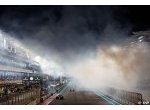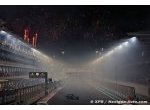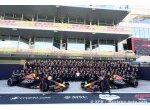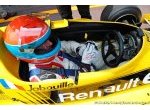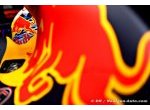Q&A with Rémi Taffin - Renault F1 Director of Operations
"We will arrive in Melbourne with a very different engine"
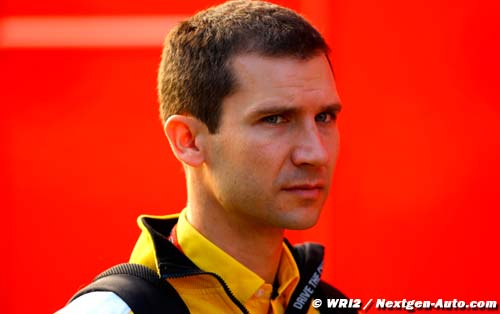
Are there any particular areas of the power unit you have worked on to give performance?
We have made lots of changes to the power unit across all areas from last year. We won’t go into specifics about each and every part we have changed, but we will arrive in Melbourne with a very different engine to last year. This year we can cash in up to 32 tokens over the season and we plan to use a great deal for Australia, with some saved for use during the year to give flexibility.
Reliability is also a big topic in 2015, with only four power units permitted this year. What steps have you taken to improve reliability?
Admittedly last year our reliability record was not the best we could have hoped for but we worked very hard in this area and made some real improvements on reliability in the second part of the year. In fact we already had 2015 in mind last year as we ran all parts to the life expected this season. That is, instead of running for the distance demanded by a five-per-year cycle, we tested them based on a four-per-year cycle, or 20% more than required. Even though we pushed the parts harder than they needed to go last year, it gave us the starting point for 2015.
How has the reduction in units changed your approach?
Having just four units to play with this year certainly gives us less flexibility and when a part has an issue it will be a lot more difficult to use again. However we feel prepared knowing that the parts have been running to the lifecycle needed for some time with few issues.
With two teams in 2015, how has the structure of the track operations changed?
With two teams this year, both of which are part of the Red Bull family, we have been able to allocate resources in a more effective way. Each team will have a track support leader overseeing the engine engineers and technicians – one more person than previously. In the past the track support leader would also run a car, but this year his role will be to make sure the entire operation at the track works as well as possible rather than specifically look after one driver. This effectively frees them to look at all areas of the power unit and performance as a whole. The two track support leaders will also be able to share information between themselves, doubling the data we have per session and, in theory, moving forward at a much quicker rate.
And how have operations at the factory been modified?
In the past assembly, dynos and track operations were linked but essentially separate departments, but now they will be regrouped under the banner of operations to create a seamless link between factory and track. From the arrival of the parts, through to inspection, assembly, dyno testing and then running on track, one department will be responsible. Accordingly resources have been reallocated based on our updated priorities, allowing us to homogenize and optimize our decisions and subsequent actions.
What advantages will this update bring?
Formula 1 is a fast-paced industry and having one department running operations streamlines everything. When decisions need to be taken, they can be made much quicker, and we will be able to allocate budget and resources to implement them. The framework was already there, but we have just trimmed things down and rationalized the structure. We should therefore be able to respond faster to requests and requirements, which will in turn bring greater reliability and performance from our technology.

